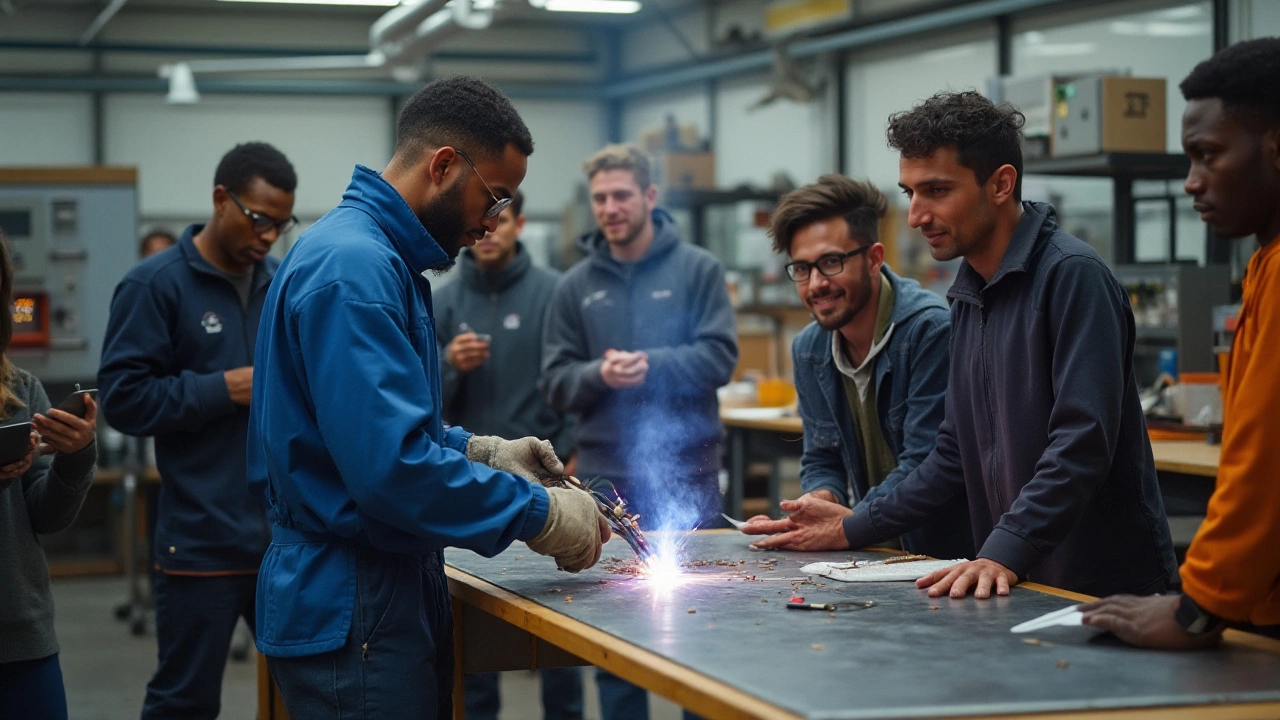Learn Welding: Time, Skills, and a Quick‑Start Guide
Thinking about picking up a trade that pays well and lets you work with your hands? Welding might just be the answer. Before you fire up a torch, you probably wonder: how long does it actually take to learn welding? What do you need to know to land a solid job? This guide breaks down the timeline, the core skills, and the easiest route to certification.
How Fast Can You Become a Welder?
Most beginners can reach a competent level in 3‑6 months of full‑time study. Short intensive courses run three days a week and give you enough practice to pass an entry‑level certification like the City & Guilds 2379. If you study part‑time while working, expect 6‑12 months to cover the basics and build confidence on the shop floor.
The speed of progress depends on three things: the training format, how much you practice, and the type of welding you focus on. A classroom‑plus‑shop setup speeds up learning because you get theory and hands‑on time in one place. Some schools even let you practice on real projects after the first month, which accelerates skill retention.
Essential Skills and Certification
Regardless of the course length, every welder needs three core abilities: reading simple blueprints, handling the torch safely, and judging weld quality by eye and test. Start with basic MIG (Metal Inert Gas) welding – it’s forgiving and great for thin metal. Once you’re comfortable, add TIG (Tungsten Inert Gas) for finer work and stick welding for heavy‑duty jobs.
Certification is the passport to paid work. The most recognized credentials in the UK are the City & Guilds 2379 (MIG/TIG) and the NVQ Level 2 in Welding. Both require a written test and a practical exam where you demonstrate a clean bead, proper joint preparation, and safety compliance. The good news? Many training providers bundle the exam fee into the course price, so you walk out with a certificate on the same day you finish.
After you’re certified, look for apprenticeships or entry‑level positions in construction, automotive, or shipyards. Employers love candidates who can show a portfolio of practice welds – a quick photo set taken on your phone works fine. Add a short note about the materials you used and the settings on your machine; it shows you understand the details.
Here’s a quick checklist to keep your learning on track:
- Choose a course that mixes classroom theory with at‑least‑20 hours of shop practice.
- Practice MIG first – it builds confidence with a steady feed.
- Spend 1‑2 hours each week polishing your weld bead and checking for cracks.
- Schedule your certification exam as soon as you can complete the required practice hours.
- Create a simple online portfolio – photos, materials, and settings.
In the end, learning welding isn’t a marathon; it’s a series of focused sprints. With the right course, steady practice, and a certification under your belt, you can start earning within months. Ready to spark that torch and get hands‑on?




